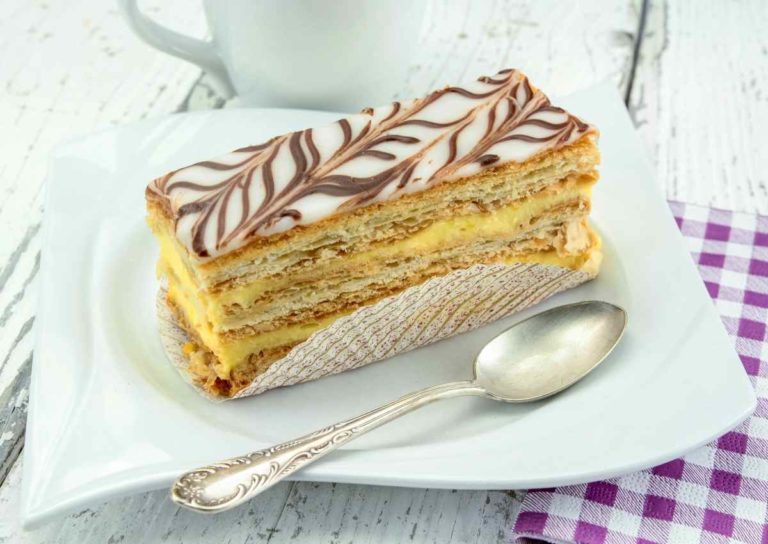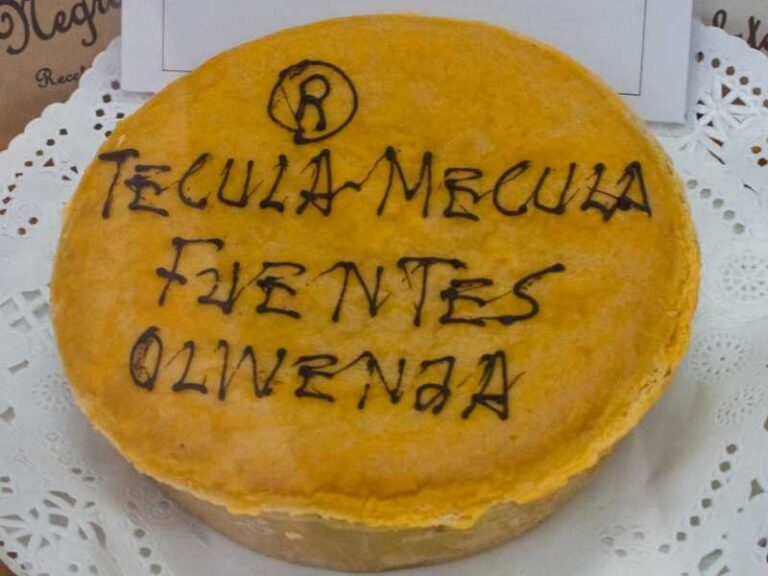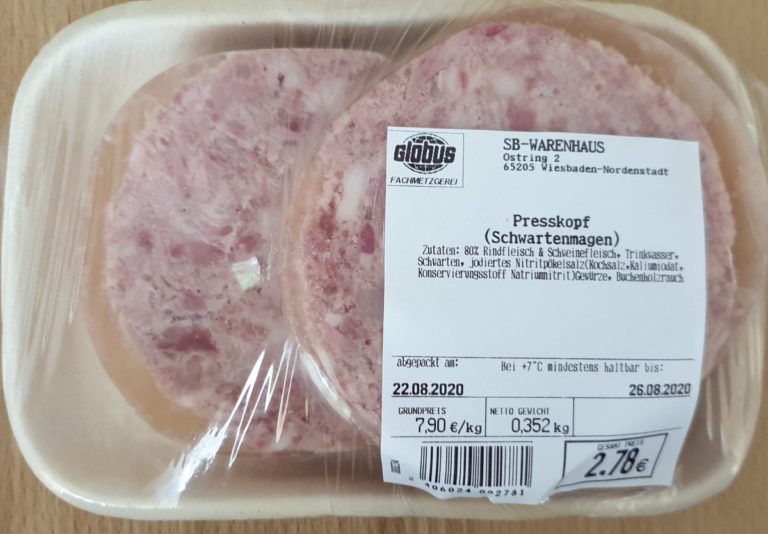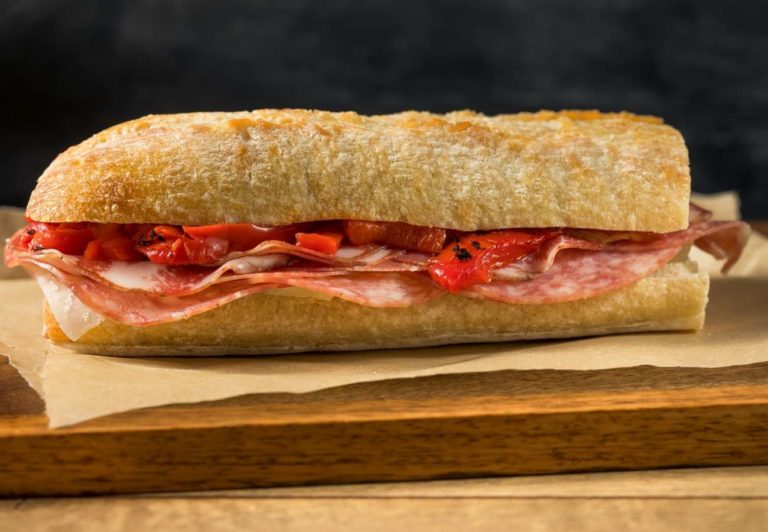Bulgarian Food: 21 Traditional Dishes of Bulgaria
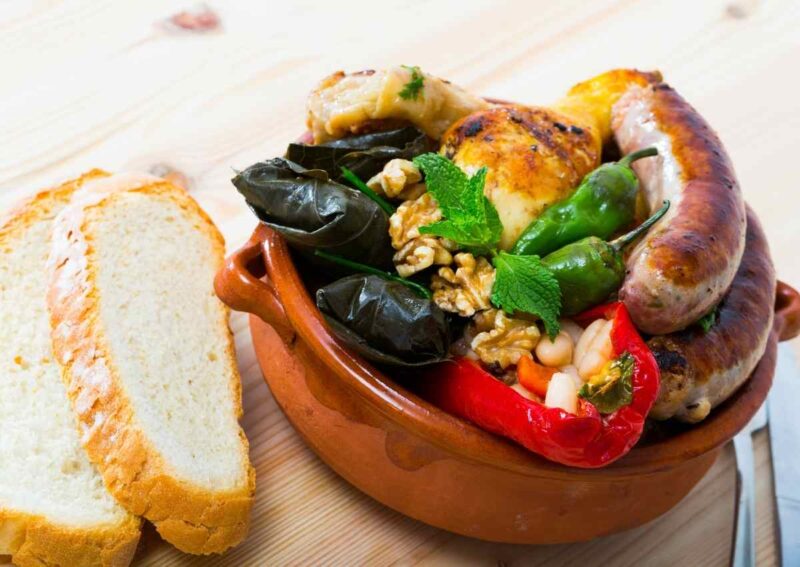
Bulgaria is a country in South East Europe, uniquely positioned to benefit from the influences of the Mediterranean, Turkey and Eastern Europe.
With a long coastline on the Black Sea, Bulgaria is known for its beaches, ski resorts and its traditional folk music and dances. Of course, with such a rich variety of influences, Bulgaria is a melting pot of culture. This is reflected in the Bulgarian cuisine where there are clear crossovers with neighbors Turkey, Greece and Serbia.
Pork and chicken are the most common types of meat eaten in Bulgaria. Seafood, fish and veal dishes are also popular, and lamb has a special traditional place in Bulgarian cuisine.
Most Bulgarian specialties contain a large number of vegetables and spices, including garlic, black pepper, thyme, mint, savory, bay leaf and paprika.
In many instances, recipes have been passed down from generation to generation and have remained unchanged for hundreds of years. While many of the staple dishes are also eaten in neighboring countries, they tend to have their own local variations that sets it apart from their neighbors.
Tarator
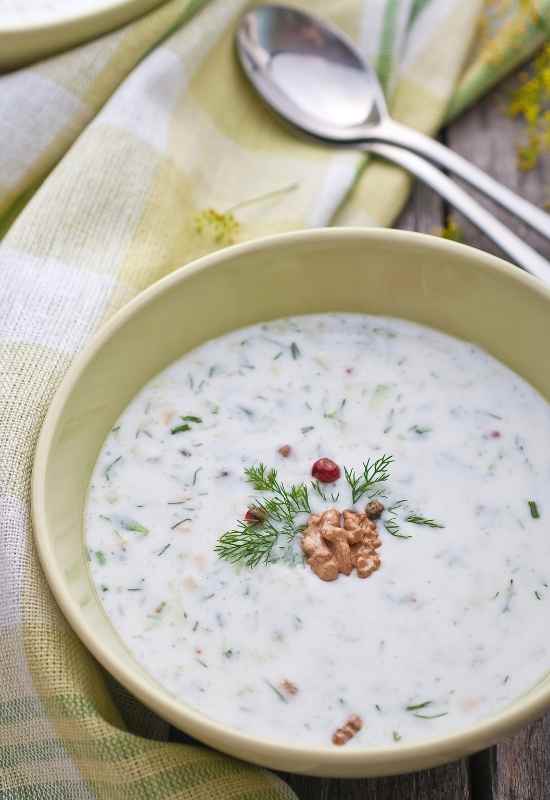
Tarator is a cold soup prepared with yogurt, water, finely chopped or grated cucumber, oil or olive oil, salt, dill and crushed garlic. Unlike most soups, tarator is ideally served cold.
Tarator is known for its extraordinary health benefits and for being one of the most consumed foods by locals during summer time.
Banitsa
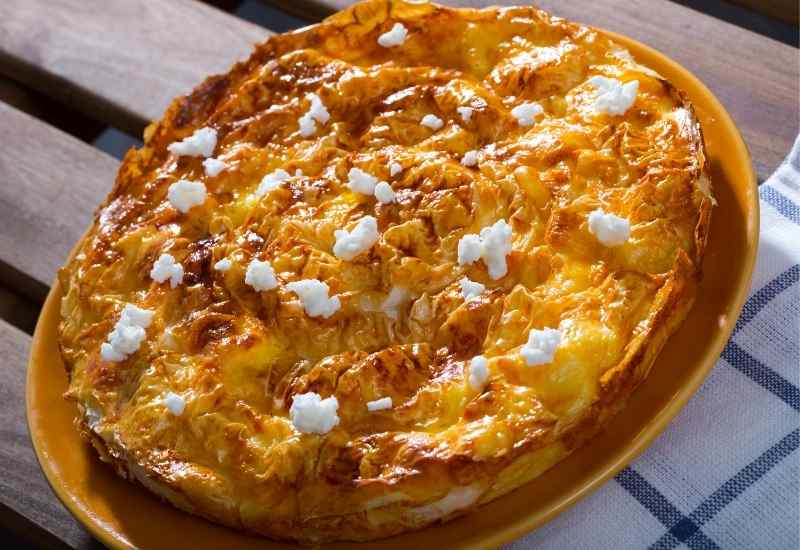
Banitsa is a traditional pastry made by layering eggs, yoghurt and cheese between filo pastry before baking and serving.
It can also be made using other ingredients including meats and spinach. In different regions of Bulgaria, Banitsa is prepared in a variety of different ways. It is often eaten as a breakfast.
Kapama
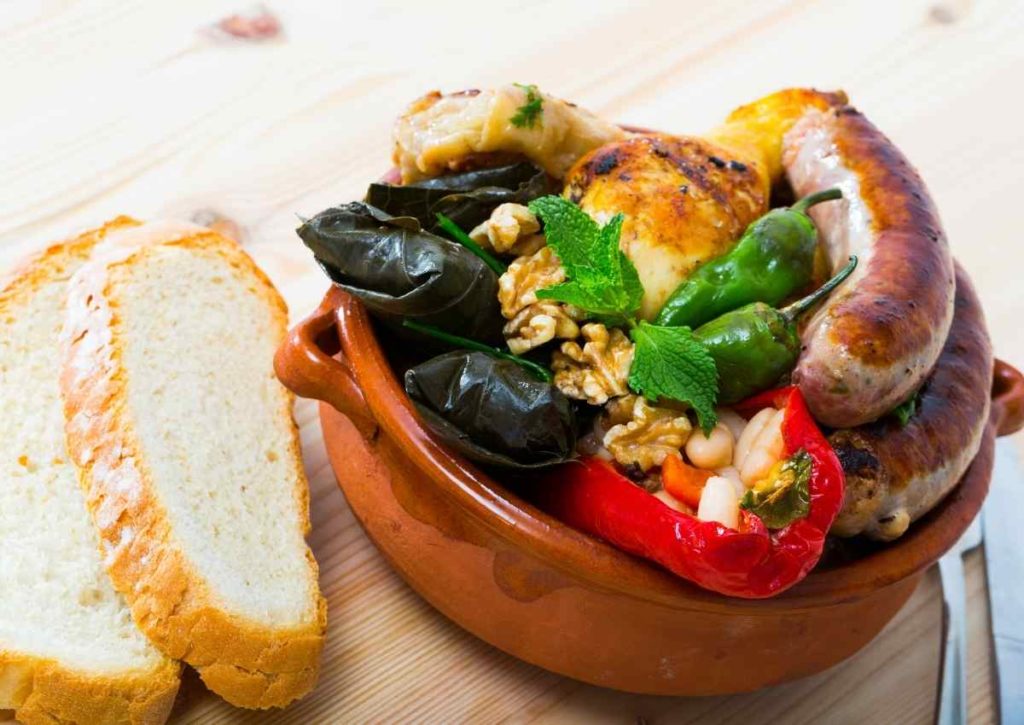
Kapama is baked chicken, typically eaten with rice and served as a complement to any dish. Its preparation is very easy, all you have to do is let the sauce simmer and little by little you can add ingredients such as sausages, chicken and various other types of meat as you wish.
In the Bansko and Razlog region, its unique preparation involves certain key ingredients such as paprika, bay leaf and black pepper, which are mixed in a clay pot in the oven.
Shkembe Chorba
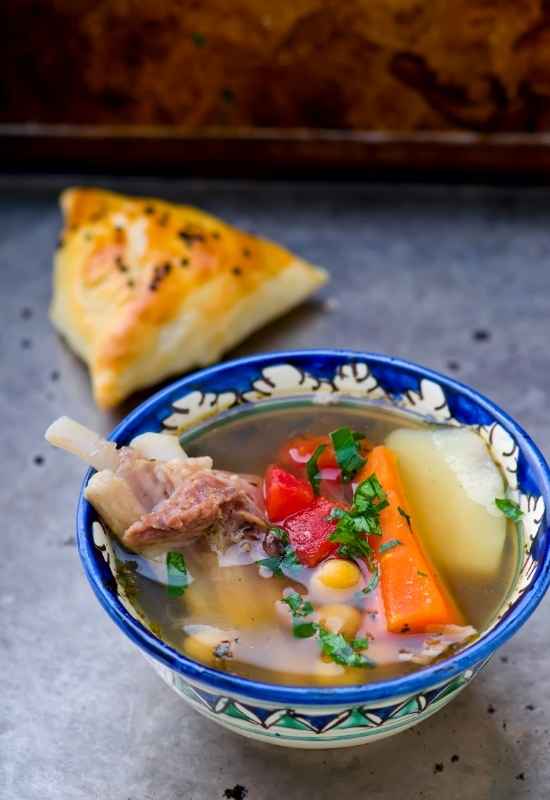
Shkembe chorba is a tripe soup which utilises the thick lining of the stomach of a cow, the key ingredient of this dish.
Shkembe Chorba is prepared with well-cooked and finely chopped beef tripe, garlic, vinegar, hot red pepper or hot cayenne.
Cheverme
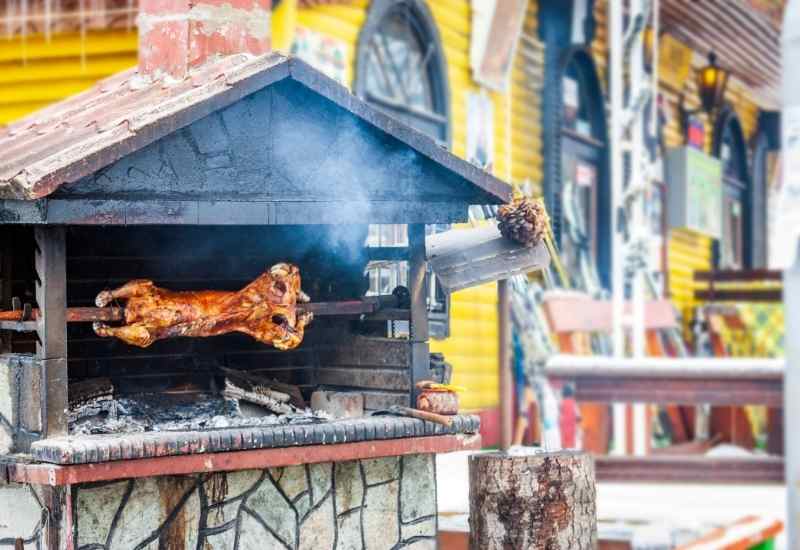
Cheverme is a dish made with whole lamb which is placed on the spit and grilled for about 8 to 10 hours. The long wait allows the meat to soften and melt in the mouth.
Shopska Salad
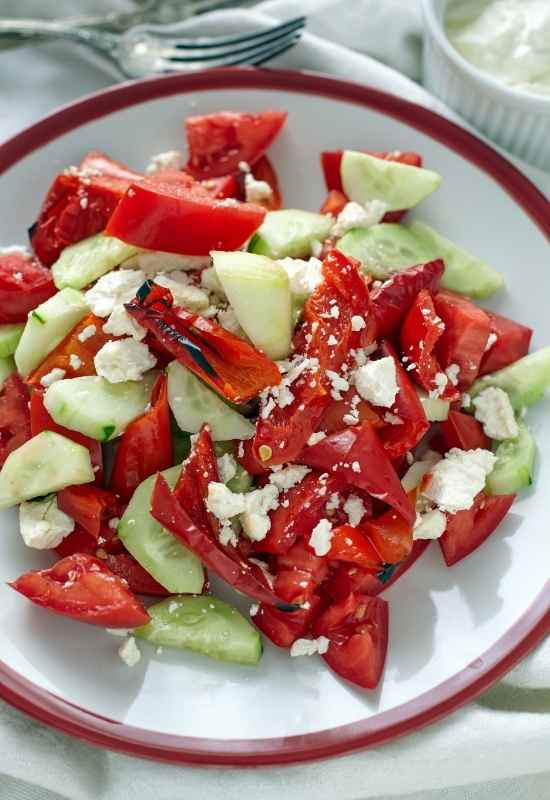
Shopska is a salad prepared with tomatoes, cucumbers, peppers, onions, parsley and grated white cheese. However, some variations also add vegetable oil, wine or cider vinegar depending on taste.
In some regions, Shopska is decorated in distinct ways to make the dish more appetizing. This includes strategly placing grated cheese on top, and garnishing with a handful of parsley, a pinch of pepper and black olives.
Kebapche
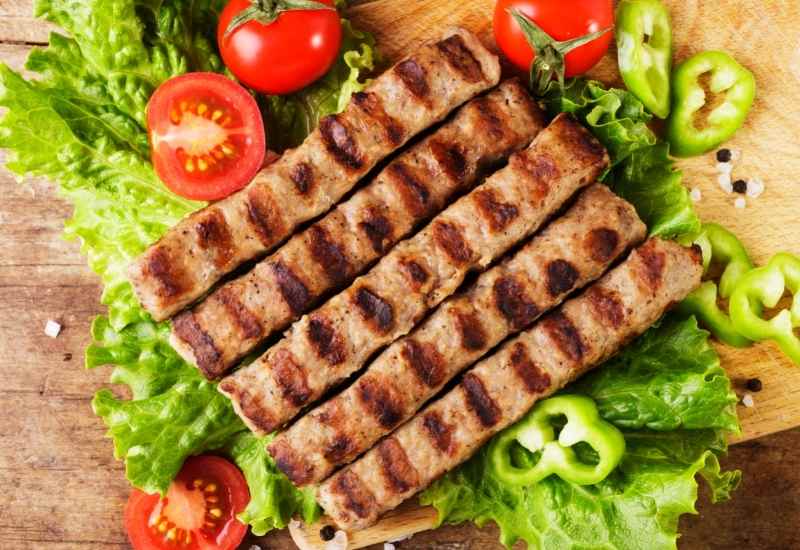
Kebapche is quite simply grilled beef and pork mince that has been shaped into rectangles and seasoned with traditional spices such as black pepper, cumin and salt.
Many people associate Kebapche with hot dogs because of its familiar shape, but the meats and spices used make it distinct, with very notable Eastern European flavors.
Kiselo Mlyako
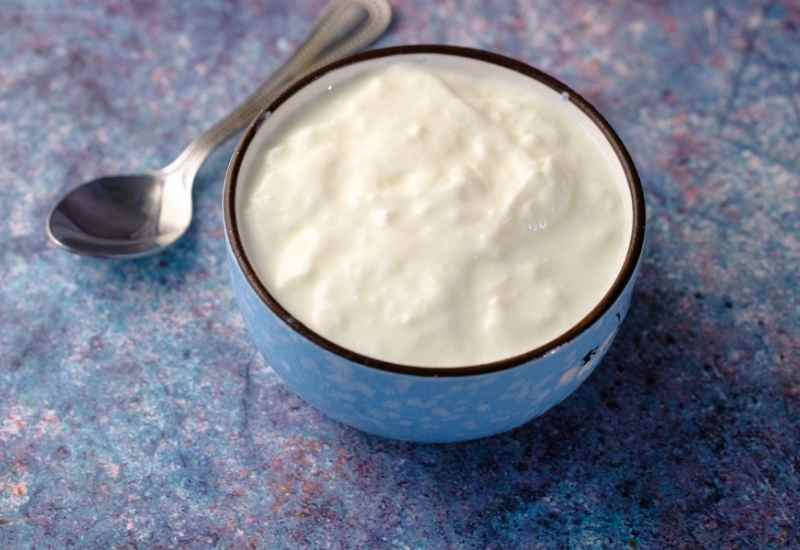
Kiselo Mlyako is a traditional thick yoghurt known for its health benefits of helping to sustain healthy intestinal bacteria. It is traditionally eaten as a desert.
Patatnik
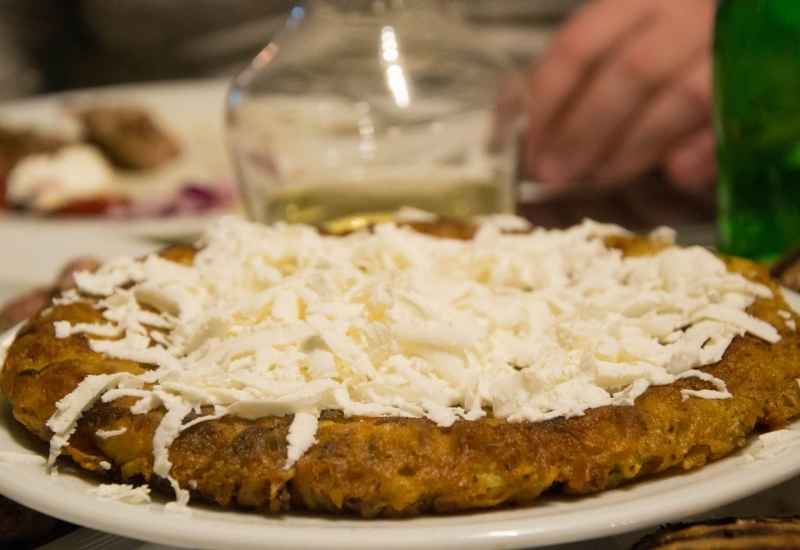
Patatnik is a dish made of grated potatoes which is popular in the Rhodope region of South Bulgaria.
It is prepared in large quantities with potatoes, white cheese, egg, onion, spices and Gyosum mint, and cooked slowly on a fire. The crust is usually crisp and it is garnished with either yogurt or vegetables.
Moussaka
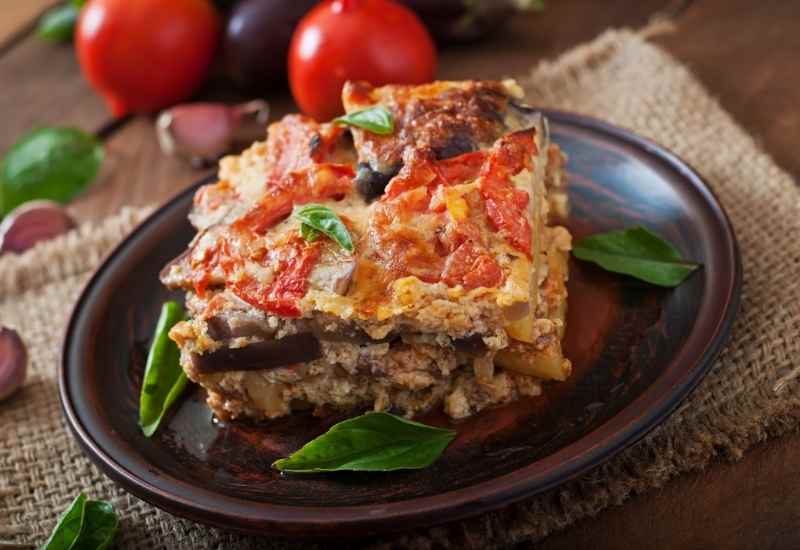
Despite being mostly associated with Greece or the Middle East, Moussaka is also a very popular dish in Bulgarian cuisine.
Moussaka is made with fried eggplants and potatoes as layers between a beef or lamb mince ragu. Similar to an Italian lasagne but without the pasta.
Lozovi Sarmi
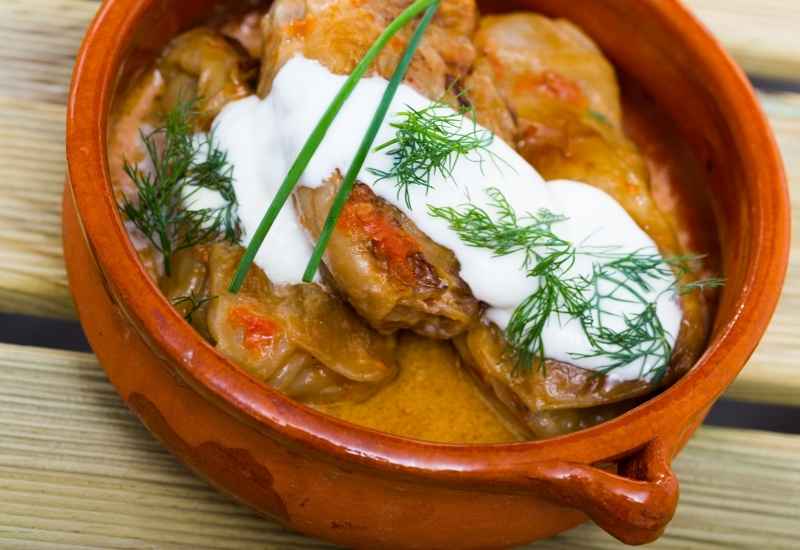
Lozovi Sarmi consists of grape leaves stuffed with mince meat, rice and herbs which are then boiled and served with yoghurt on top.
The dish is also very popular in parts of the Middle East and South East Europe.
Bulgarian Cheese (Sirene)
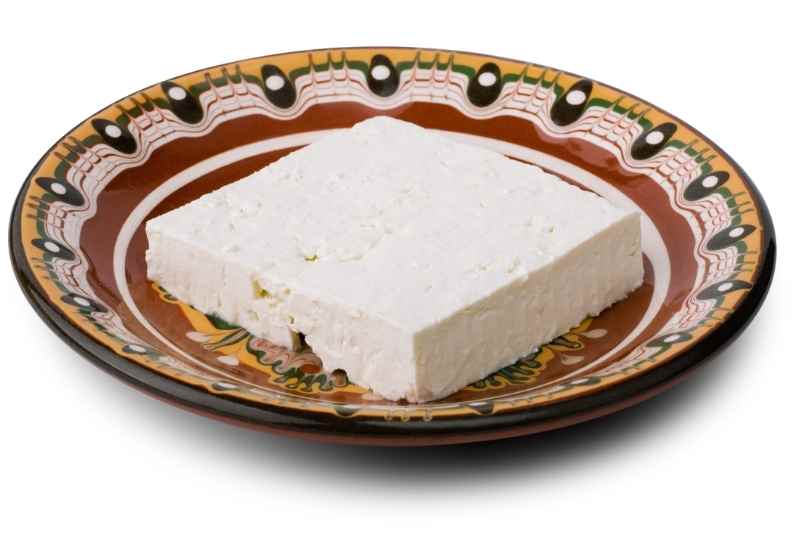
One of the most common staple foods of Bulgarian cuisine is yogurt and white cheese in brine or “Sirene”. Bulgarian cheese is very similar to feta cheese but is made with single sheep’s, goat’s or cow’s milk.
Bulgarian Sirene is often considered to be a superior cheese to the more well known Greek feta or French feta, owing to its strong aroma and sharp taste.
Tulumba/Pomba/Bamiyeh/Balaḥ ash-Shām
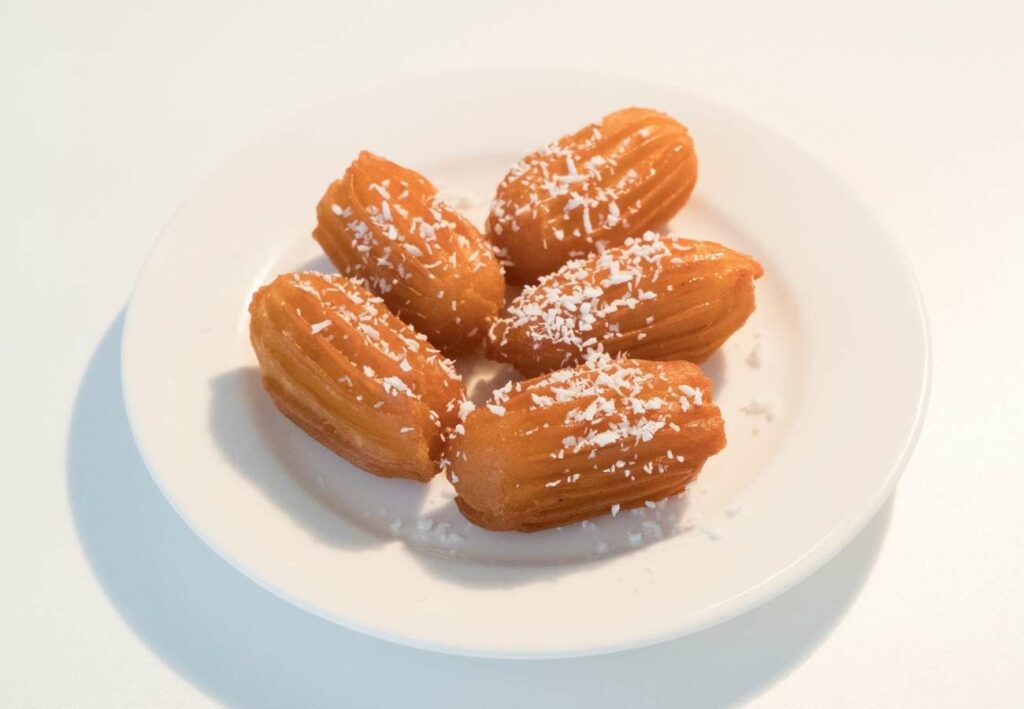
Tulumba, also known as Pomba, Bamiyeh or Balaḥ ash-Shām, is a deep-fried dessert.
It prepared using an unleavened dough lump, which is shaped as a small ovoid and includes ridges lengthways. It is shaped with the help of a pastry bag or cookie press, which has a fitting end part.
Tulumba is initially deep-fried to give this dessert a golden colour, and then sugar-sweet syrup is added on top while it’s still hot.
Byurek
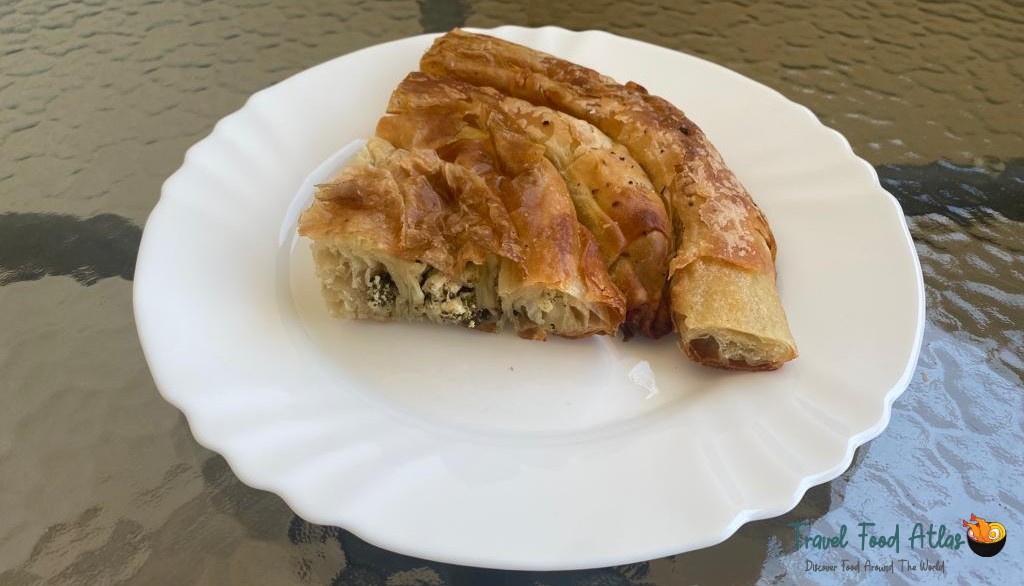
Byurek covers a range of pastry dishes made by layering thin phyllo dough, with fillings such as cheese, minced meat, spinach and seasonings, along with a creamy egg yogurt mixture which is baked into a crispy and flaky pie-like dish.
Kozunak/Cozonac (Easter Bread)
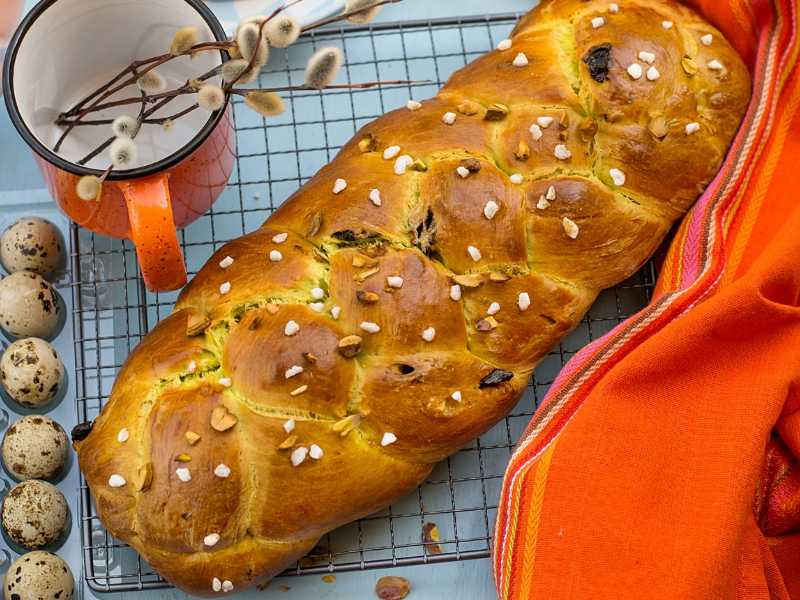
Kozunak, also known as Cozonac or Easter Bread, is a traditional sweet bread popular in Bulgaria, Romania, Serbia, Albania and Moldova. Traditionally it was baked once a year for Easter which marks the end of lent when abstinence from eating meat is practiced for 40 days.
The dough is left to rise several times and kneaded in between rises. While the dough is being prepared, the raisins are soaked in the rum. The raisins are later spread over the dough which is usually braided before baking.
Kifli (Kilfa)
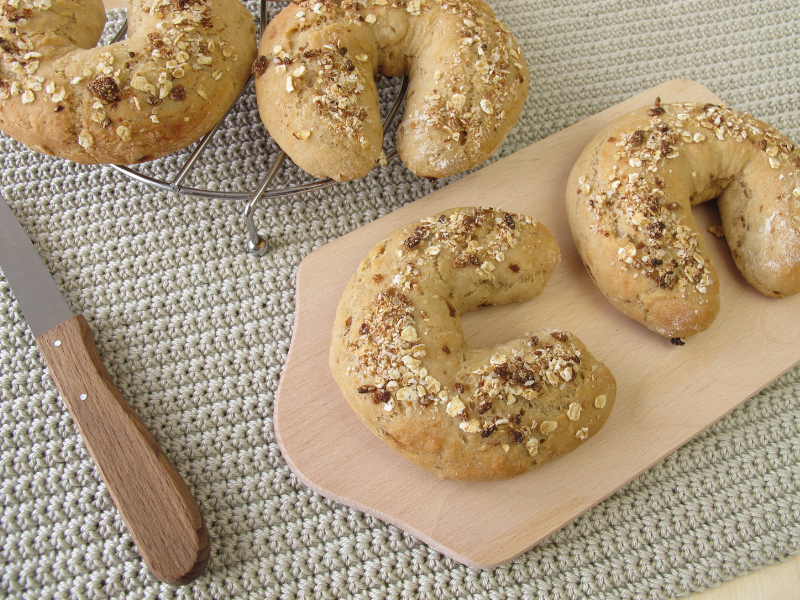
Kifli or Kifla is a sweet pastry snack in the shape of a crescent moon that is popular throughout Eastern Europe. It is similar to a croissant although it is made with a dough more similar to bread than to pastry. It is a staple for families all over Eastern Europe, served for breakfast, as a snack, or to accompany meals.
Kifli can be served plain, with seeds, sweetened, or filled with a variety of fillings.
Gibanica
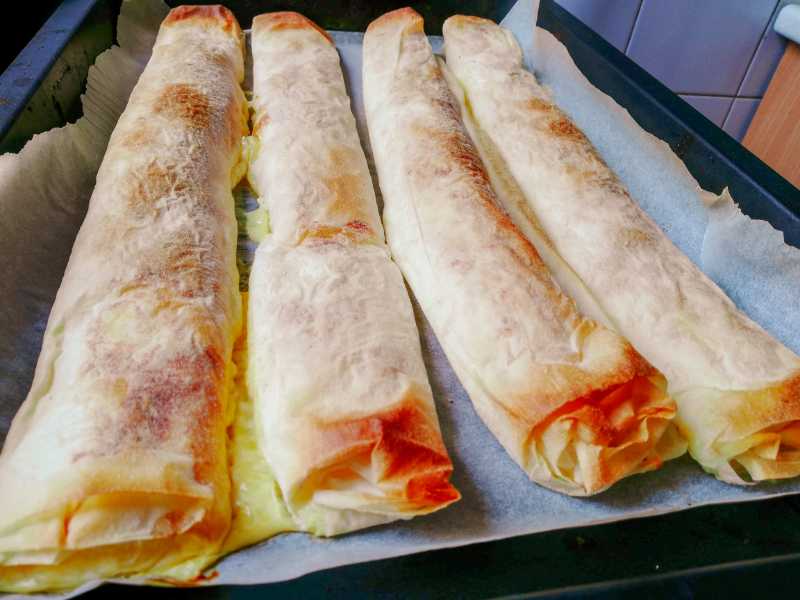
Gibanica is a traditional wheat flour pastry filled with soft cheese. The filling may be a soft spreadable cheese such as cottage cheese or soft crumbly cheese like feta. The easiest preparations use ready-made phyllo dough, but it also made with freshly rolled dough and baked.
Sataraš
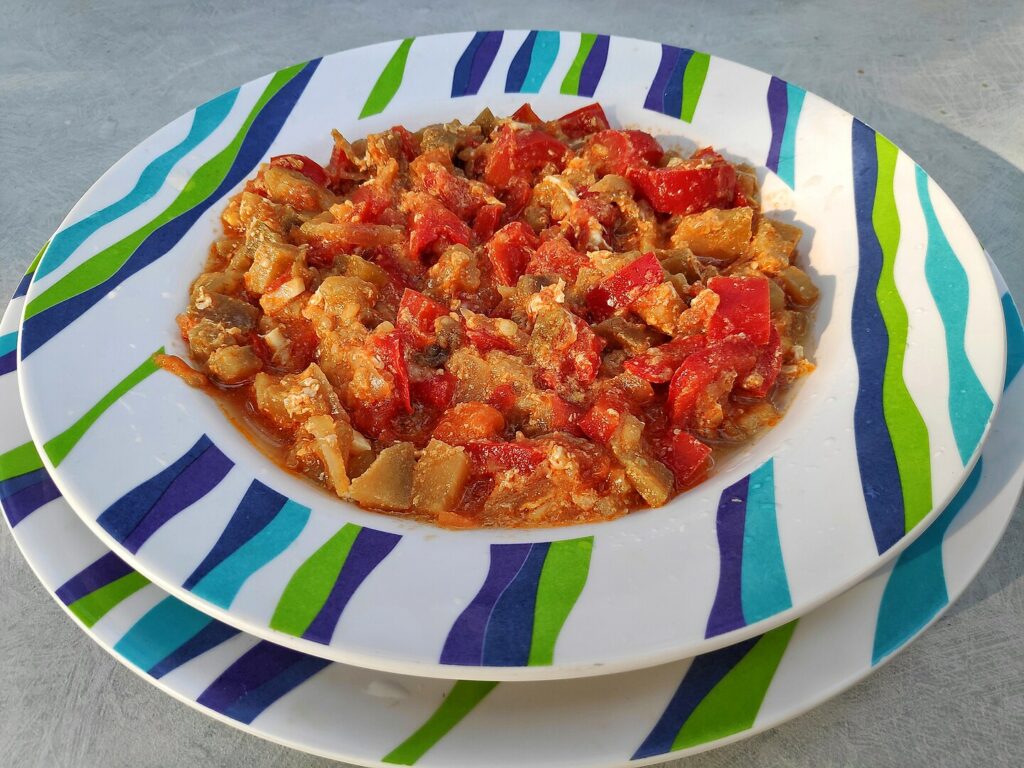
Sataraš is a traditional Balkan stew made with tomatoes, onions and peppers. They are first sautéed in oil, lightly seasoned then gently cooked into a chunky stew. It is served as a side or main dish.
Sataraš can be eaten as an accompaniment for meat or with starches like bread or eaten alone as a stew. When prepared for breakfast, it is topped with eggs.
Mish Mash
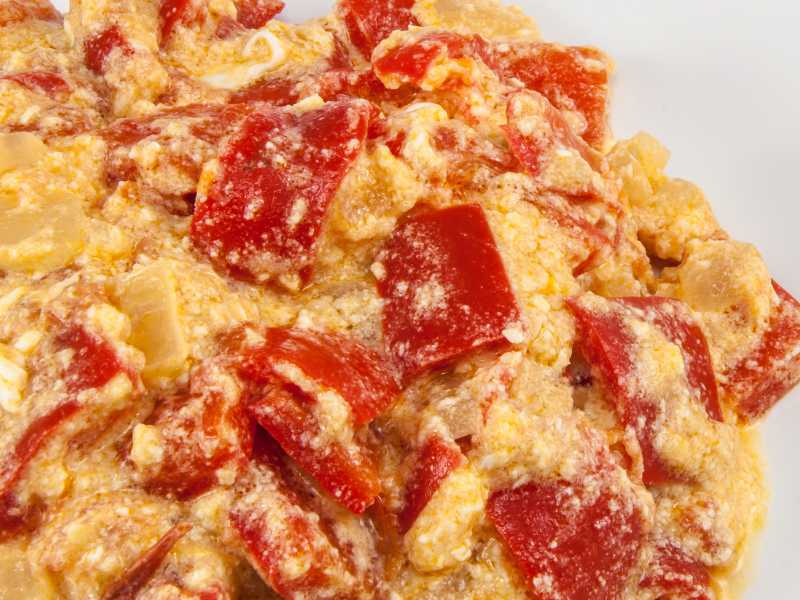
Mish Mash is a traditional dish of eggs, cheese and vegetables. The vegetables, usually onions, sweet peppers and tomatoes are cooked until soft and the sauce has evaporated. Whisked eggs are stirred in until they are cooked. The dish is topped with cheese before serving.
Kufte
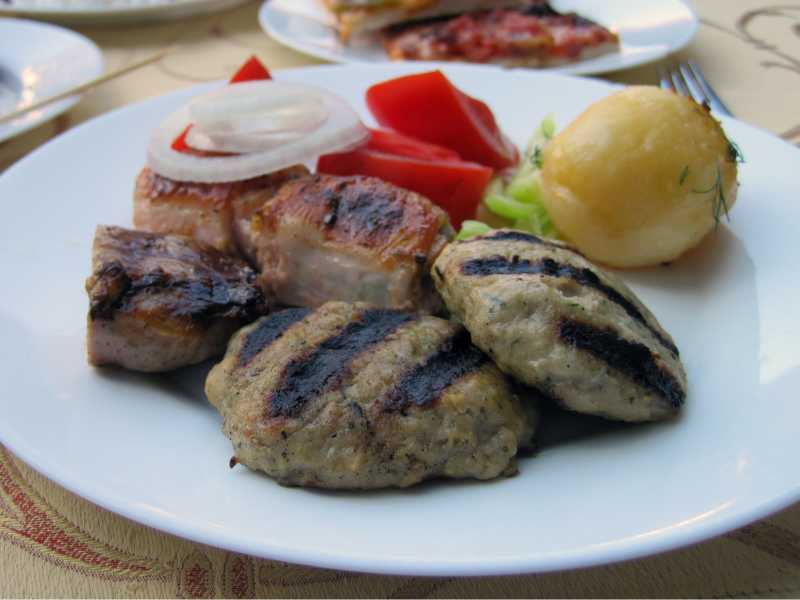
Kufte is a dish consisting of various minced meats, onions and spices. The meats and spiced are mixed into a cohesive paste then rolled into smaller portions. They are pressed lightly and grilled. They are served as part of a larger dish, accompanied by rice, salad, bread or dip.
Trahana
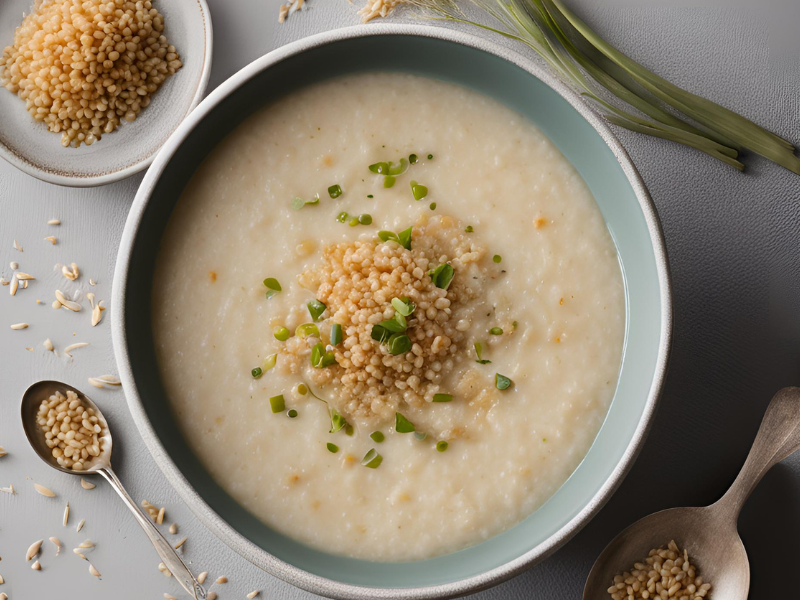
Trahana is a type of fermented grain made from cracked wheat or semolina mixed with yogurt or fermented milk that is used to make a popular soup in Balkan and Mediterranean countries.
Trahana is considered the world’s oldest fast food and is a traditional method of preserving milk and grains.

